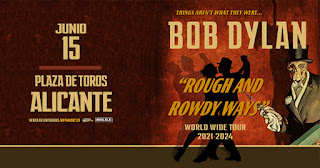No more worries for a week or two

Summer is an interesting time in Spain. When the sun shines the country slows. In August the country treads water. It's not as true as it once was and it's never been 100% true but it's true enough for a blog. The first to prepare for the Spanish summer, which lasts from 1 July to 31 August, are the TV advertisers. From the beginning of June happy groups of friends and families will begin to appear on TV screens, sitting around big tables in the garden eating paella or pizza and drinking beer. Most of the rest of Spain begins to prepare for Summer around San Juan, June 23. Those who have a beachside or country property start to ackle it up for the summer. It's amazing how many people have access to a country home or a seaside flat. In both cases the trick is inheritance. The money from the sale of Grandma's house made the flat affordable. The other option is that Grandma's house is where the family now spends Summer. The house gives the family roots, they may li...








